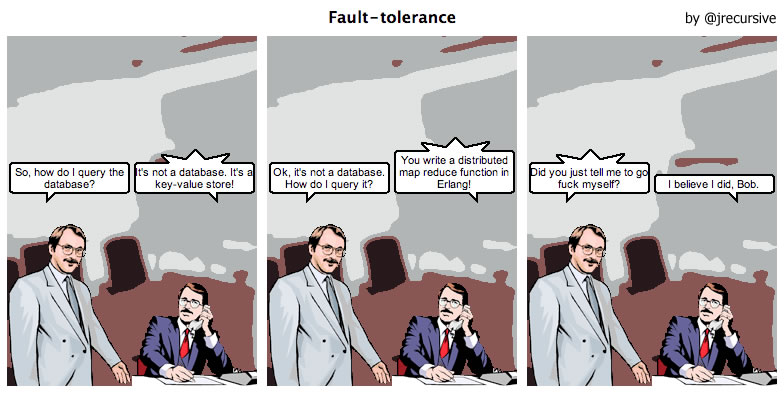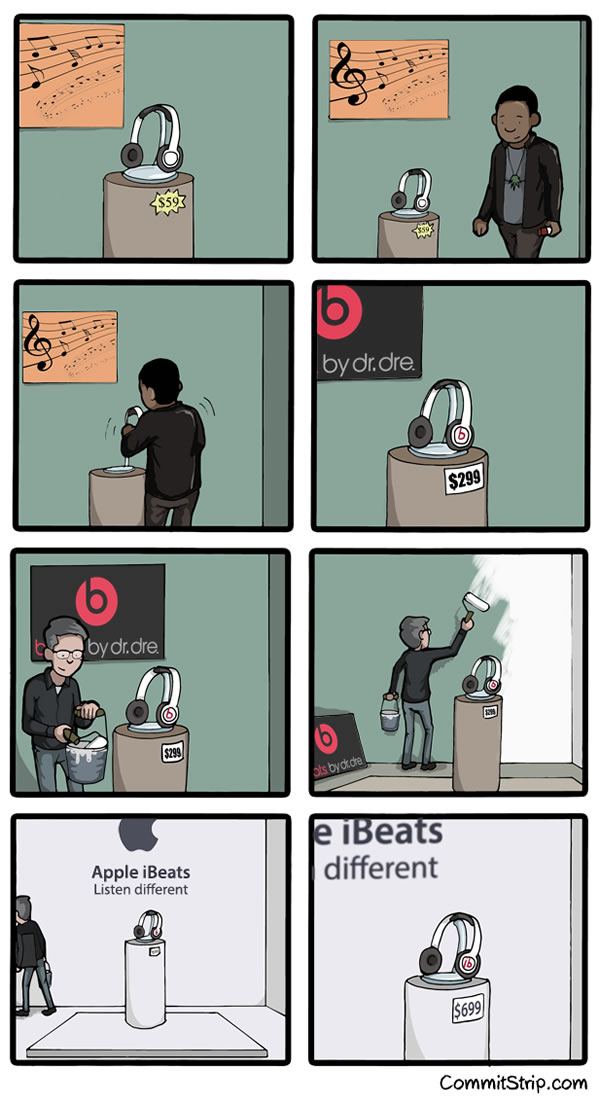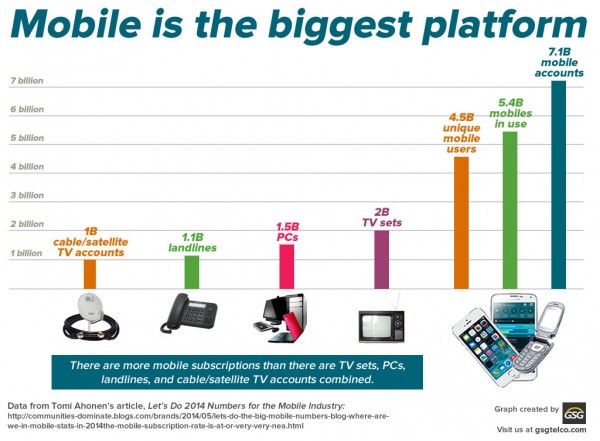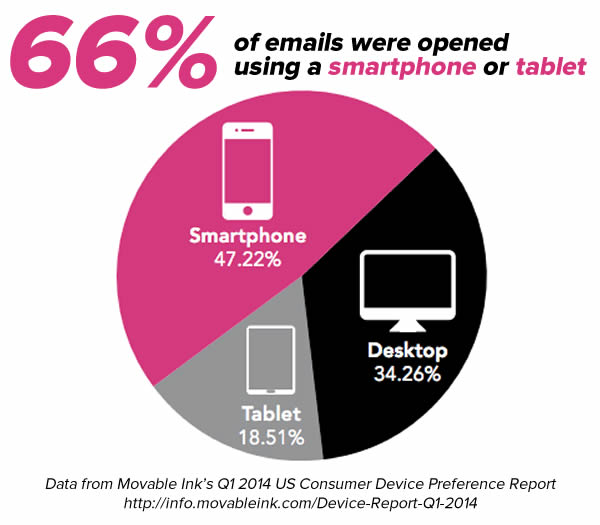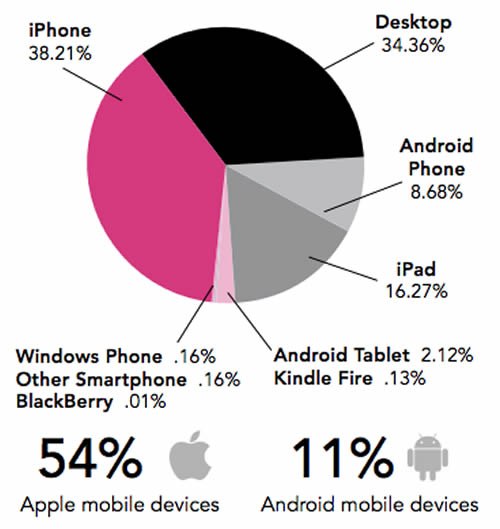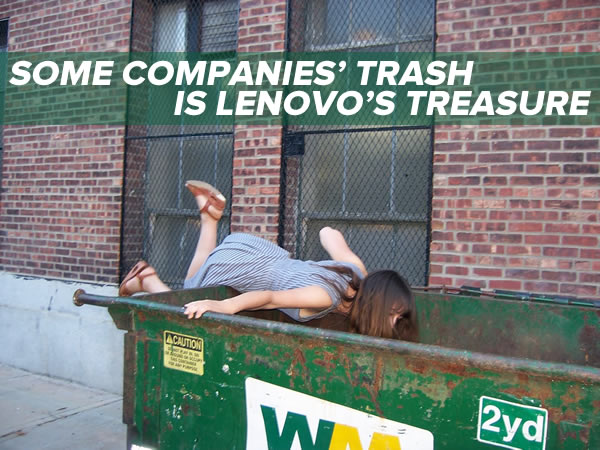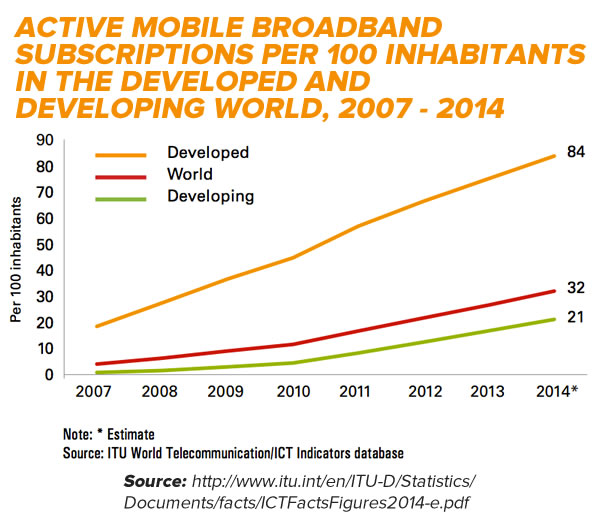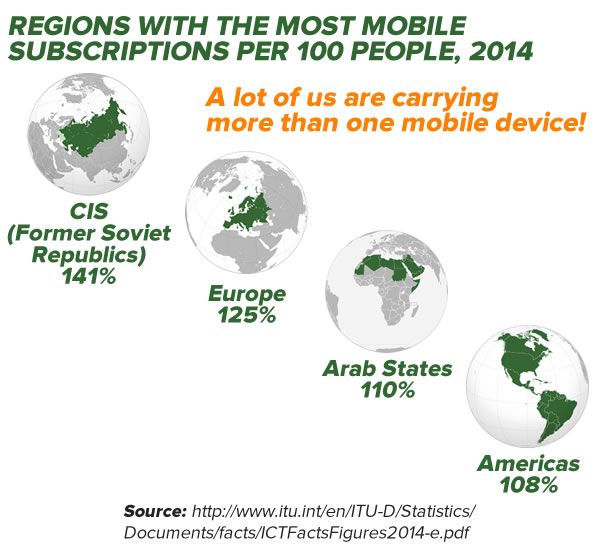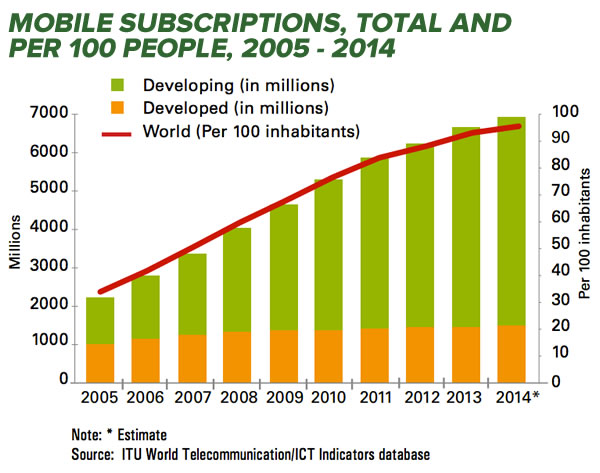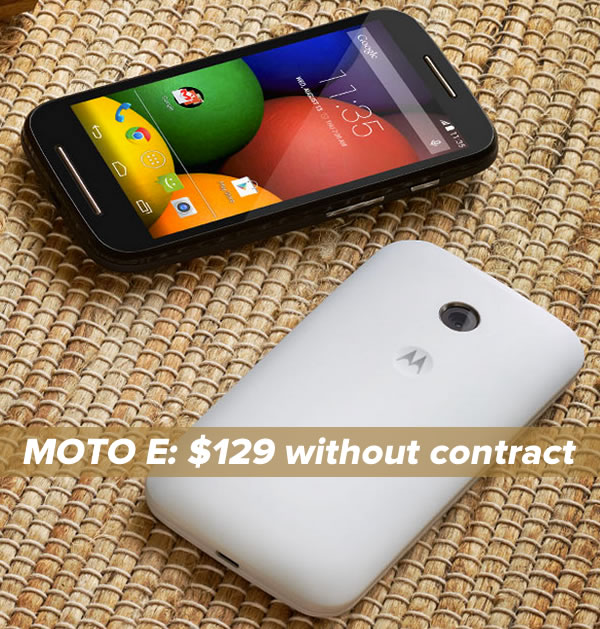
Motorola’s Moto E was designed as a smartphone for the “next billion” — people in the developing world who have yet to purchase their first smartphone and can’t afford iPhones or Samsung Galaxy devices — but we think that it, along with its emerging category of smartphones, also has an interesting First World use case. It may be the first of a new generation of company-provisioned mobile devices living in the sweet spot where low price, power, and good design all meet. An enterprise with a limited budget looking to provide mobile devices for its employees may find that the Moto E is cheap enough to fall within their budget, yet with enough power and features so that employees will actually be able to (and want to) use it for both work and personal purposes.
Low price
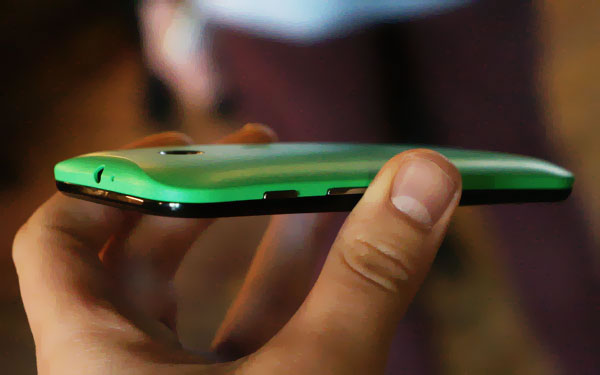
The $129 (without contract!) price puts it inside the budget of even the smallest of First World businesses, and we suspect that a volume purchase may lower the price even closer to the $100 point. Equipped with a point-of-sale app and a credit card reader, it can become an inexpensive cash register that’s useful for businesses of all sizes, from a global retail operations down to the solo farmer selling his or her crop at the Saturday market. A hospital that wanted to equip its staff with mobile devices but couldn’t afford a fleet of Apple or Samsung devices might consider deploying Moto Es instead. And while the Moto E isn’t ruggedized, it may still find a home as a mobile device for manufacturing and industrial settings thanks to its low replacement cost.
Power

It be the first phone at its price point to feature a dual-core processor: a dual-core Snapdragon 200 running at 1.2 GHz with 1 GB of RAM. An Adreno 302 single-core GPU handles graphics tasks. This combination yields decent performance, especially since the device comes with a mostly-stock Android, free of all the extra window dressing and bloatware like Samsung’s TouchWiz. It won’t run the latest 3D shooters and might fall down with Grand Theft Auto, but from TechGeek’s report, it handles Angry Birds: Star Wars just fine, which suggests that it’ll be able to take on most workplace and lifestyle apps. While the device has only 4 GB of storage space, a MicroSD slot allows for an additional 32 GB of space for photos, music, videos, and apps. Its networking capabilities are decent, but not spectacular: cellular access is limited to 3G, which is only a little disappointing; its being limited to only 2.4 GHz wifi isn’t a great loss.
Good design

From all reports, the Moto E doesn’t look or feel like a cheap phone. The front is made of Corning’s Gorilla Glass, rather than plastic, and the interchangeable back covers — called “shells” — are made of something that feels like matte-finish rubber, and come in several colors. The glass is oleophobic to resist fingerprints, and the whole phone is covered in a “splash guard” coating to make it water resistant, a feature that doesn’t appear in phone selling for three, four, or even five times as much. The 960-by-540 screen resolution is the same as the iPhone 4 and 4S, and the 256 pixel-per-inch density, while not at a Retina-like 325 ppi, is far better than that of other phones in this price category (typically 165 ppi).
The only disappointment on this phone is the camera: a single rear-mounter 5 megapixel camera that takes so-so shots that are all too easy to blur with the slightest hand motion. There’s no front-facing camera, so it’s not a phone for selfies, and if your line-of-business app requires that front-facing camera, this may not be the cheap COPE phone for you.
The verdict
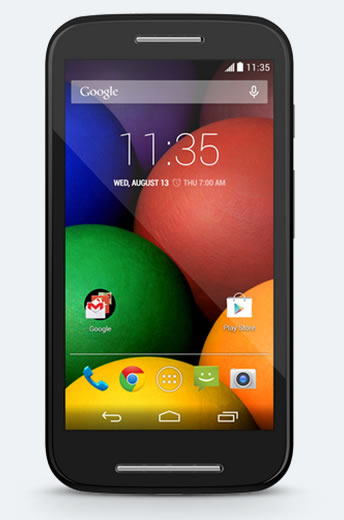
Here’s what a couple of early reviews have to say about the Moto E:
Forbes: “…at $129.99 the Moto E is the first truly bargain basement smartphone that has ever impressed me. Its design, features, speed and battery life at better than rival phones twice the price and while the camera is merely average for the price point the Moto E should sweep all before it.”
The Street: “…I found the Moto E to be a highly usable and enjoyable smartphone. It was adequately fast at 3G data speeds but an even better performer on Wi-fi connections. Surfing the Web was great. Streaming video (YouTube,Netflix and Time Warner Cable apps) or audio (Spotify, WiMP) provided flawless entertainment. Plus, the Moto E’s battery lasted more than a day on a single charge. That means morning, noon, night, overnight and most of the next morning. That’s pretty amazing for any smartphone, no less a ‘bargain’ model. I never felt I was being held back by using a $129 handset.”
Pocket Lint: “First impressions of the Motorola Moto E are good: it feels like a solid device and that’s important, because it avoids the normally plasticky finish that often plagues devices at this price point. It will be available in black or white, with a range of coloured shells to let you customise the phone to your liking. For just £89 it looks like a bargain and we can’t wait to put it through its paces in a full review. The Moto E could be the smartphone that hammers the nail into the feature phone coffin and we’re expecting great things from it.”
A solid smartphone with decent features and few disappointments, for a mere $129. We see a lot of COPE opportunities here.

